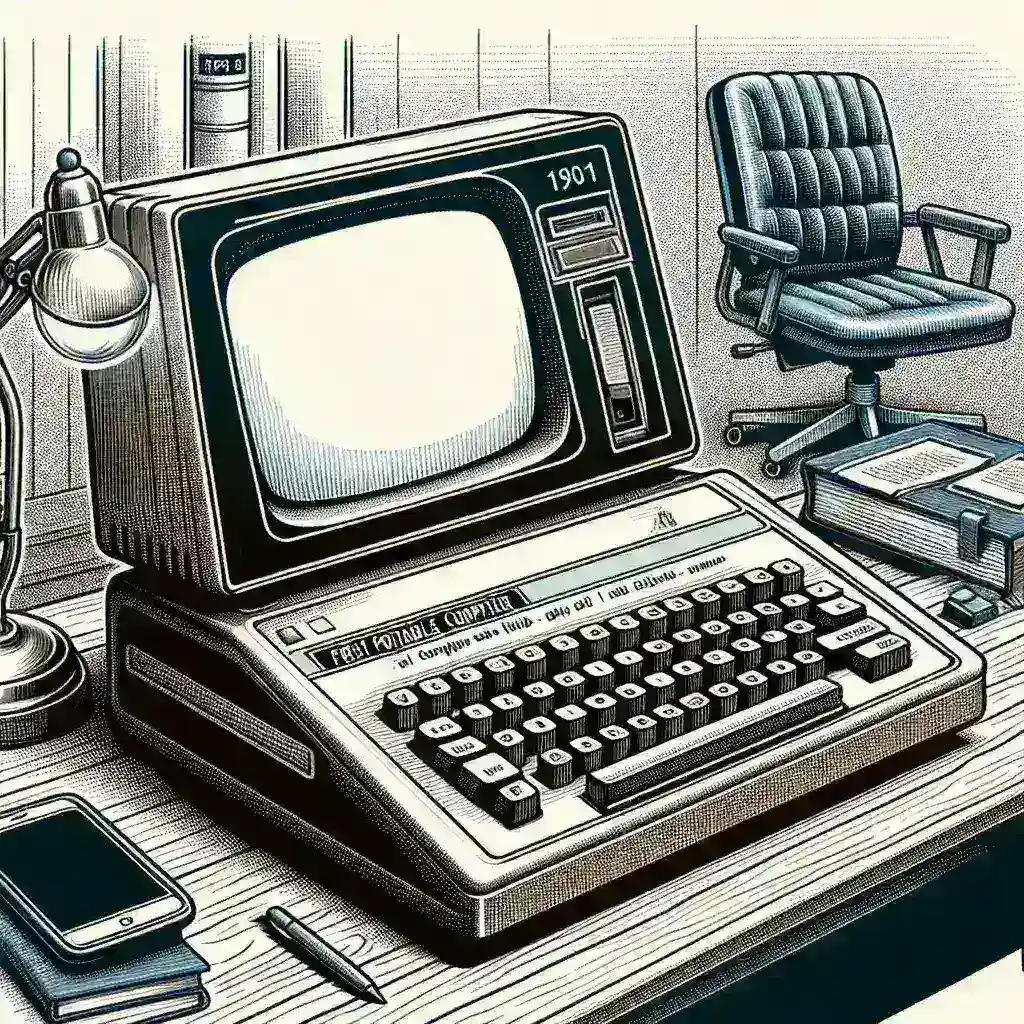Why the IBM 5100 is Considered the First Commercially Portable Computer
Introduction
In the realm of computing history, the IBM 5100 holds a unique position as the first commercially portable computer. Launched in 1975, this innovative machine paved the way for future portable devices and transformed how businesses and individuals approached computing. This article delves into the features, historical context, and enduring legacy of the IBM 5100, elucidating why it is celebrated as a groundbreaking innovation.
The Genesis of the IBM 5100
The IBM 5100 was designed during an era when computers were typically massive, room-sized machines that required extensive infrastructure. The demand for a more portable solution arose as businesses began recognizing the need for computing power beyond the confines of a single location. IBM aimed to address this demand by creating a device that could be easily transported and utilized in various environments.
Technological Features
One of the defining characteristics of the IBM 5100 was its remarkable compactness for the time. Weighing approximately 55 pounds, it was a significant departure from earlier computing systems. Here are some of the key features that contributed to its portability and functionality:
- Built-in Display: The IBM 5100 featured a 5-inch CRT display, allowing users to view their work without the need for an external monitor.
- Integrated Storage: It had a magnetic tape drive for data storage, making it easier for users to save and retrieve their information.
- Programming Languages: The computer supported APL (A Programming Language) and BASIC, enabling users to perform a variety of computing tasks.
- Battery Operation: With the ability to run on battery power, the IBM 5100 offered unprecedented mobility.
- Robust Build Quality: Its solid construction ensured that it could withstand the rigors of transportation.
The Impact of the IBM 5100
Upon its release, the IBM 5100 was met with enthusiasm, particularly among professionals who required computing capabilities while on the move. Its portability opened new avenues for productivity, allowing users to analyze data, perform calculations, and write programs away from traditional office settings.
Historical Context
The introduction of the IBM 5100 came at a pivotal time in the tech industry. The mid-1970s saw rapid advancements in microprocessor technology, which facilitated the development of smaller, more powerful devices. As personal computing began to take shape, the IBM 5100 acted as a bridge between large mainframe systems and the emerging market for personal computers.
Cultural Relevance
The significance of the IBM 5100 extends beyond its technical specifications. It represented a shift in how society viewed technology and its role in everyday life. The idea of being able to compute on-the-go resonated with professionals across various fields, leading to increased demand for portable computing solutions. This cultural shift laid the groundwork for future innovations in personal computing.
Pros and Cons of the IBM 5100
While the IBM 5100 was a revolutionary product, it was not without its limitations. Understanding the pros and cons provides a clearer picture of its impact on the computing landscape.
Pros
- Mobility: Its lightweight design made it easy to transport, enabling users to work from virtually anywhere.
- Pre-installed Software: The inclusion of APL and BASIC made it user-friendly for a variety of applications.
- Self-contained System: The integrated display and storage eliminated the need for external devices.
Cons
- Cost: At a price point of around $9,000 (equivalent to over $40,000 today), it was a significant investment.
- Limited Processing Power: Compared to modern computers, its processing capabilities were limited.
- Obsolescence: As technology advanced, the IBM 5100 quickly became outdated.
Legacy and Future Predictions
The IBM 5100’s legacy is evident in the evolution of portable computing devices. Its introduction marked a crucial step toward the laptops and tablets we use today. As technology continues to advance, we can expect further innovations that build upon the principles established by the IBM 5100.
Looking Ahead
Today, the concept of portability has expanded beyond what the creators of the IBM 5100 could have imagined. With the rise of smartphones, cloud computing, and wireless technology, the notion of computing on-the-go is now a standard expectation. The IBM 5100 serves as a reminder of the relentless march of progress in technology.
Conclusion
The IBM 5100 is rightly regarded as the first commercially portable computer, not only for its innovative features but also for its role in shaping the future of computing. Its introduction marked a significant turning point in technology, illustrating that the need for mobility could be met without sacrificing functionality. As we continue to embrace new advancements in technology, the spirit of innovation embodied by the IBM 5100 remains relevant, inspiring future generations of engineers and entrepreneurs to push the boundaries of what is possible.







